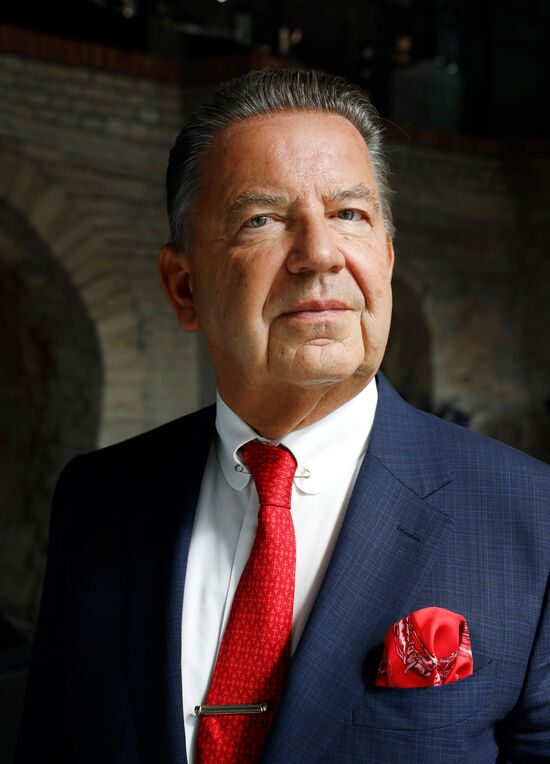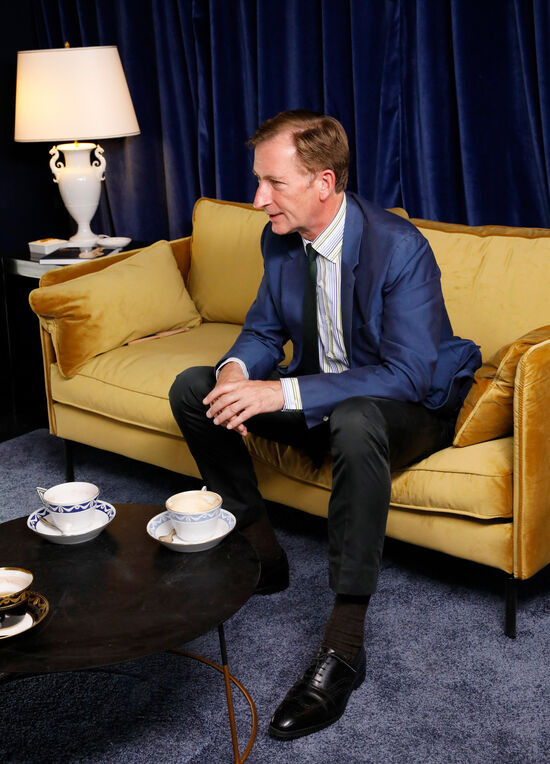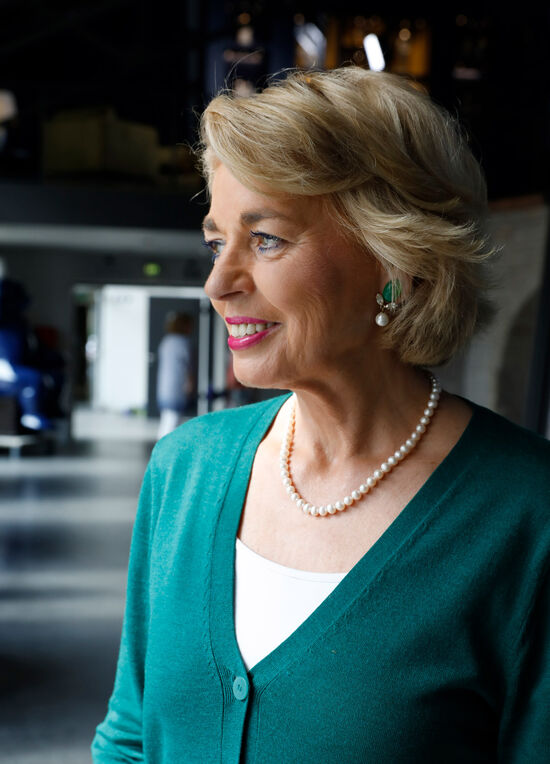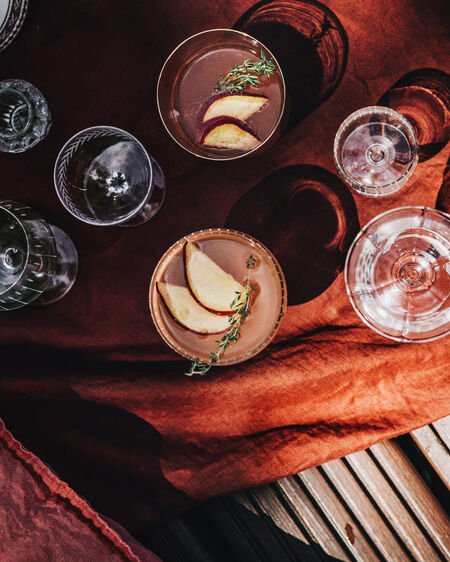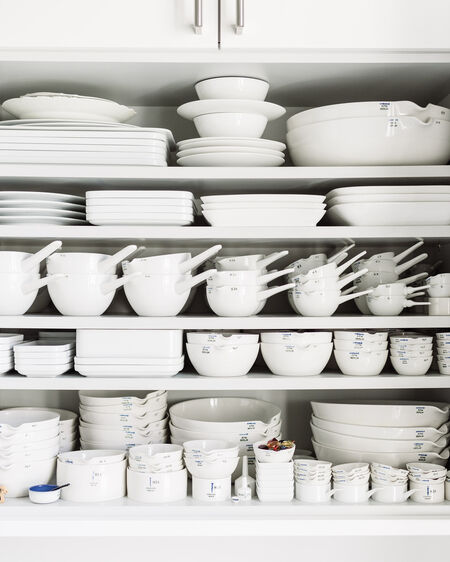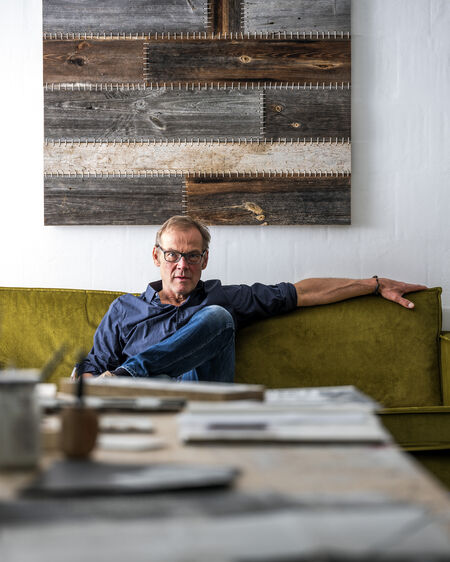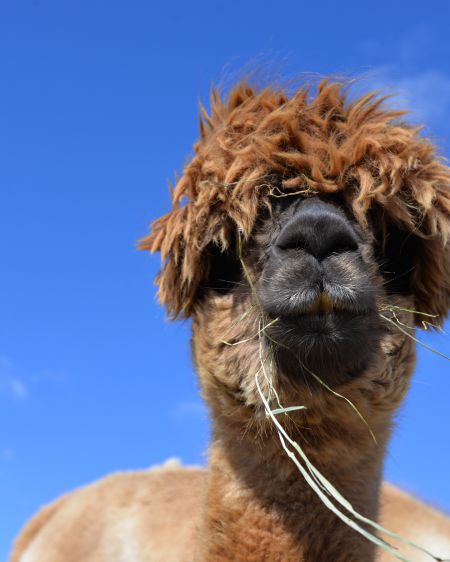KPM
Reviving an icon
KPM owner Jörg Woltmann discusses investments and commitment with Gerhard Schöningh and Tini Countess Rothkirch.
Jörg Woltmann, owner of Königlichen Porzellan-Manufaktur Berlin, met with Gerhard Schöningh and Countess Rothkirch for an interesting conversation about preserving cultural assets. Writer Sandra Winkler and photographer Anna Rose captured the session for KPM's customer magazine WEISS issue no.2.
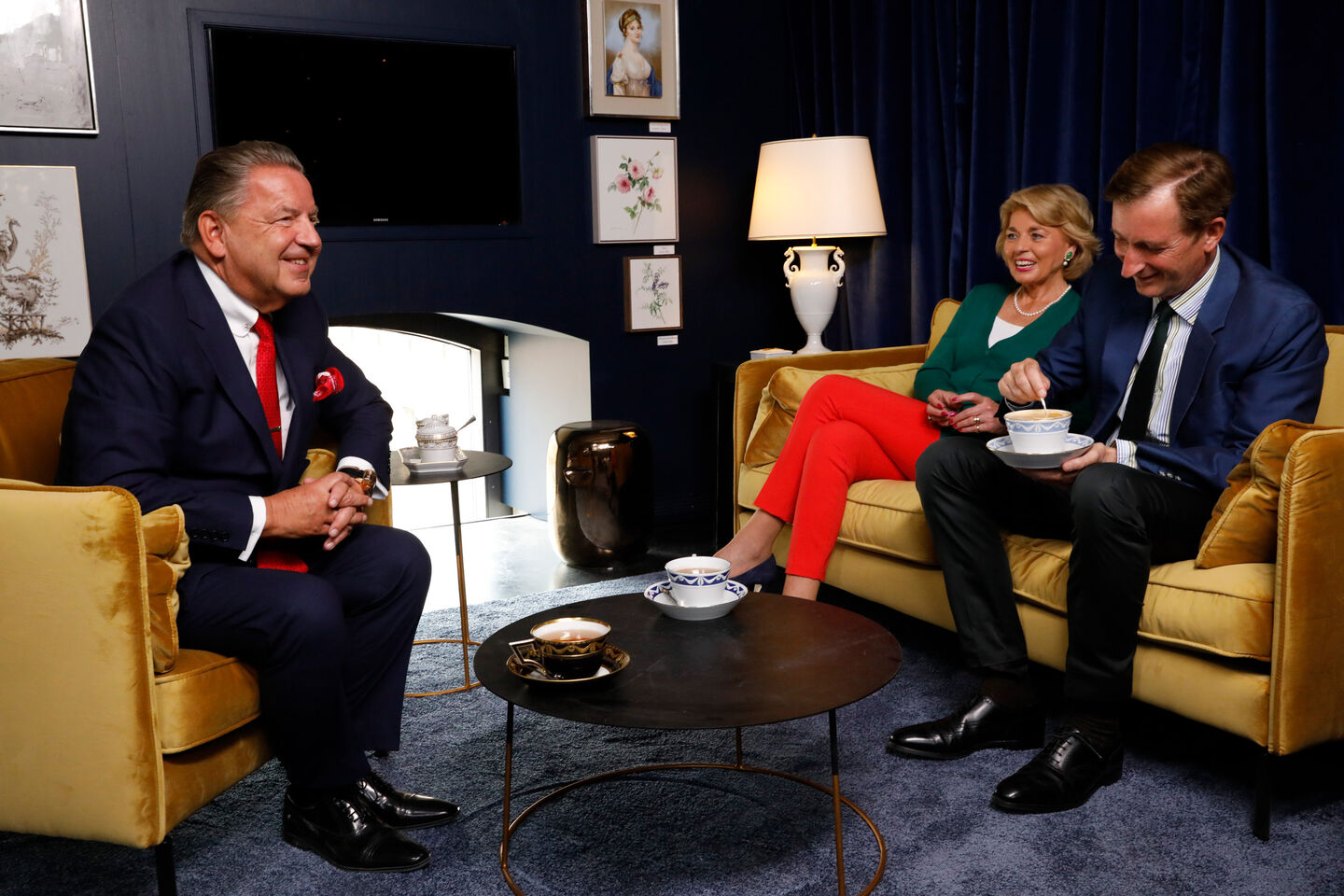
Conversation flows over tea and coffee served in fine KPM porcelain.
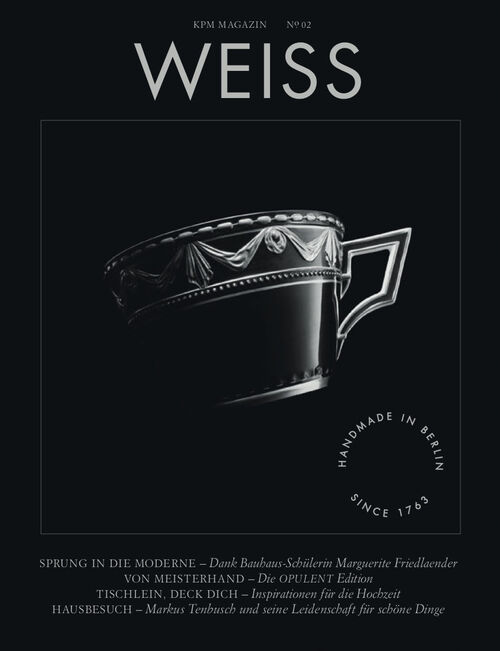
Shaping the whole story WEISS Nr. 02
For the Königliche Porzellan-Manufaktur (Royal Porcelain Manufacturing) Berlin, Storyboard created an elegant, sophisticated magazine: WEISS. It combines company history and product presentations with personal insights, conveying the values of a traditional company, while portraying KPM's contemporary progress. The second issue of WEISS was designed with an entirely black cover.
